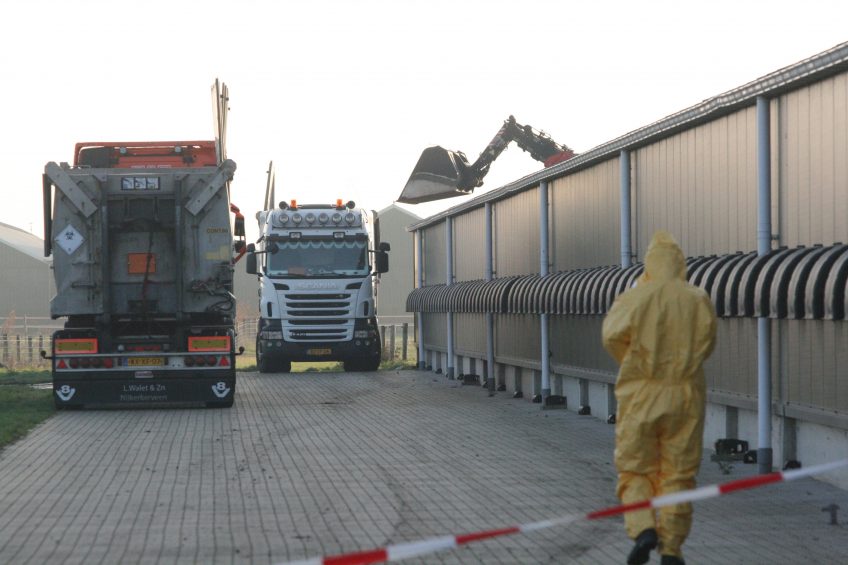AI H5N8 spreads rapidly throughout Europe

Avian Influenza A5N8 is rapidly spreading throughout Europe. 17 countries now have reported cases, according to the latest report of the international organisation for animal health OIE.
Hungary is topping the list while Ireland is the last country to find the virus in wild birds. In France, nearly 100 commercial farms have been infected, mainly duck farms in the far south-west area, forcing the government to order a compulsory cull of over 800,000 young ducks, the second such measure in under a year. Poultry has to be kept indoors in almost every European country while gatherings of poultry are forbidden almost everywhere.
Compulsory confinement of poultry
The first case of H5N8 in Europe was found at the end of October last year in a wild swan in Hungary, shortly followed by infections at a commercial poultry farm in the same country. Since then, cases have been found in both migrating birds and commercial flocks in 17 countries including Germany, Holland, France, a number of Eastern European countries such as the Czech Republic and Slovenia and lately also in most parts of Great Britain and in Ireland. So far, only Belgium seems not to have any cases. Most effected is Hungary within the first week of January over 200 cases, followed by Germany with over 150 cases, mostly in wild birds, and France which in the first week of January reported just under 100 infected commercial farms as well as a number of cases in wild birds. In all those countries, authorities have ordered a compulsory confinement of poultry, strict precautionary hygiene measures as well as transport restrictions.
Mass culling
Although in most countries commercial farms have been hit hard, the duck industry in France seems to be the most affected. The epidemic comes just a few months after a massive outbreak of another string of the virus, H1N5 in the far southwest of the country, the main area for the production of duck paté or foie gras. Here, many hundred thousands of ducks are held in the open air. Last spring, the government in Paris ordered a mass cull and compulsory so-called empty period to clean and disinfect hundreds of premises. Now, the department of agriculture announced a second mass cull of over 800,000 ducklings and ducks. According to the organisation for the foi gras industry Cifog, the initial costs will be some €80 million. However, that does not include the economic losses because of the lower production, which in the previous epidemic amounted to some €500 million. ‘’This is another catastrophe, the sector is at the brink of collapse,’’ Cifog states.












